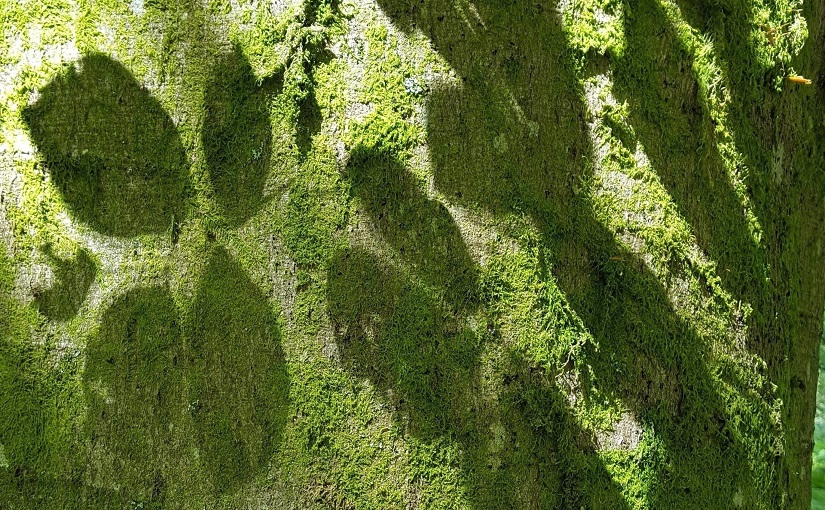If we take creativity to be a process of looking at what’s around us, understanding the materials we’re working with, then crafting our own unique response based around that perception and skill, how dissimilar is it from the process of life itself? Aren’t we always encountering the world and adding something new of our own making? In that sense, maybe living’s simply an act of creativity.
That said, it’s perhaps something more commonly associated with the visual aspects of our lives – the style we’ve given our existence by way of our chosen clothing, interiors, belongings, gestures, and activities. In a world of consumerism and branding, it’s as if everything’s now just the palette of options from which we’ll portray ourselves as we wish to be seen.
It seems we have this natural desire to express ourselves through our surroundings, pulling towards us those things we feel resonate and pushing away whatever we’re not seeing as admirable or true for us (Notes One). It’s a fascinating interplay of self, society, culture and economics – all these subtle relationships of meaning or judgement that often shape who we feel ourselves to be.
But is it the only place creativity has in our lives? This tool in the hands of business, churning out ever-new options to define ourselves by and creative ways of influencing our behaviour. Sometimes it seems art’s just becoming this “coating” for the psychological calculations of industry, this smoke-and-mirrors deflection from the other agendas at play that makes everything seem desirably palatable.
Presumably it doesn’t have to be that way? The idea of “how we live” being an artistic endeavour seems quite capable of leading to wonderful places of beautiful, all-encompassing expression through every little thing that we do. As with anything, though, if we insist on it being “ours” and “self-defining” we’ll perhaps inevitably end up in these conversations of identity, conflict and criticism.
Beyond questions around the appropriation of art for commercial ends, there’s clearly a case to be made for it being an essential human function (Notes Two). Don’t we “tend” to see in images and metaphors? Reading meaning into the world around us and all the imagery we’re taking in – the human propensity for stories, drawings and movies – seems like it’s almost timeless.
Maybe what I’m saying is that the creative mindset seems a fundamental part of being human: our capacity for thought perhaps echoed by our capacity for vision as we see what’s there but imagine what might be possible (Notes Three). Finding meaning in life, creating meaning in our lives, making a difference to the world around us all seem like they could simply “be” these acts of imagination, creativity and hope.
As with most of my writing on art, there’s this sense in which I’m grasping for something I can’t quite touch. It seems undeniable that we’re creative beings, forever bringing new things to life through every choice we’re making, but where it’s all headed at this point is a challenging and daunting prospect.
Notes and References:
Note 1: Seeing, knowing and loving
Note 1: Definition, expression & interpretation
Note 1: Masks we all wear
Note 2: Thoughts on art & on life
Note 2: Humanity & creative instincts
Note 3: Art as a way to subvert or inspire
Note 3: Do we know what we’re doing?
Note 3: Creative vision in finding solutions
Somewhere alongside this, Things with life have to be maintained also talked of our roles in relation to the world around us.

